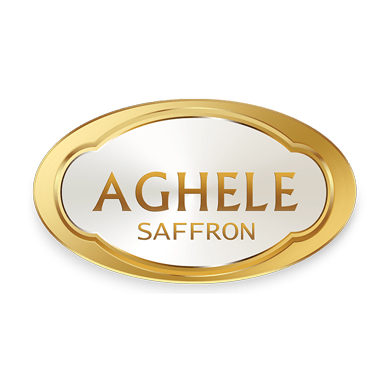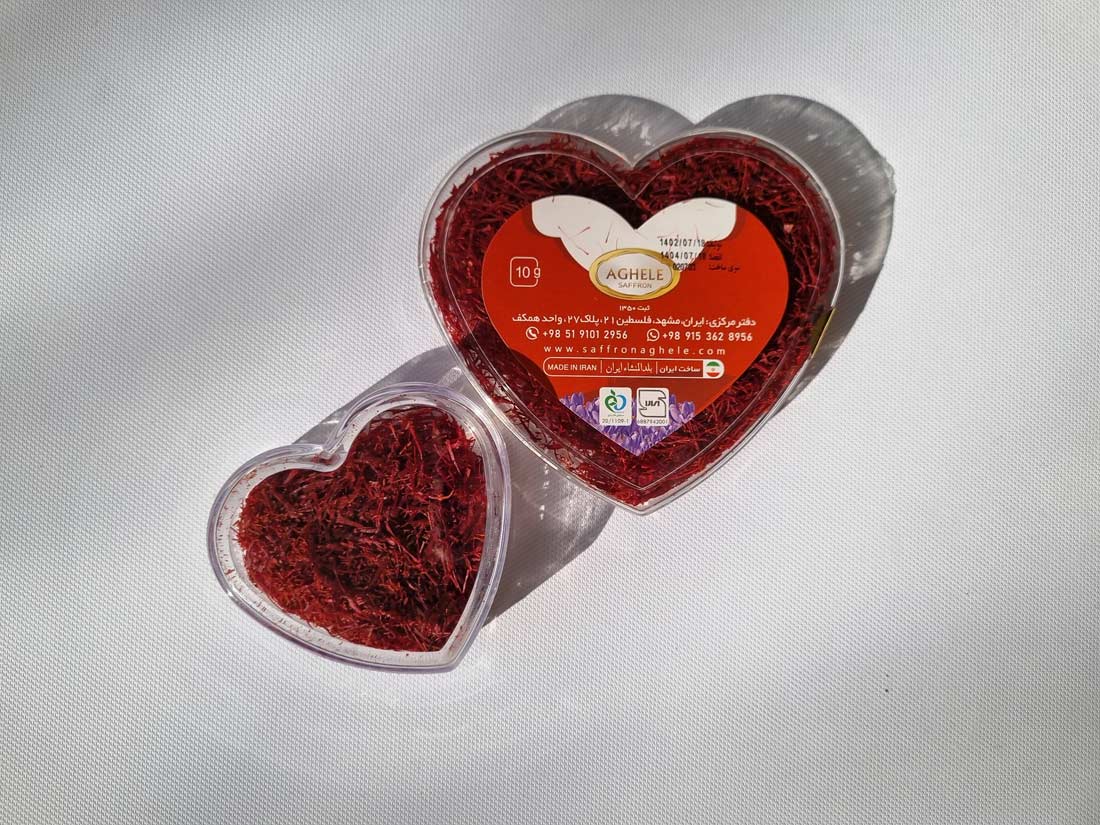Saffron, known as the "red gold," is one of the most valuable spices in the world.
Its vibrant color, distinct aroma, and unique flavor make it highly sought after in various cuisines and industries.
When it comes to exporting saffron, it is crucial to ensure that the product meets certain standards and possesses specific features.
In this article, we will explore the key features that export saffron should have to meet the demands of international markets and delight customers.
Introduction
Saffron is derived from the Crocus sativus flower and is cultivated in various regions worldwide.
However, not all saffron is created equal. Export-quality saffron needs to meet stringent criteria to ensure its authenticity, purity, and superior characteristics.
Understanding Saffron Export
Exporting saffron involves the process of selling saffron products to international markets.
This can be in the form of bulk saffron threads, powdered saffron, or value-added saffron-based products.
Saffron has been used for centuries in traditional medicine, culinary applications, and the fragrance industry, making it a highly desirable commodity.
Importance of High-Quality Saffron
High-quality saffron is essential for both consumers and businesses.
It offers several health benefits, such as antioxidant properties, mood enhancement, and potential anticancer effects.
Additionally, saffron is widely used in various cuisines to add flavor, aroma, and a distinctive golden color to dishes.
Therefore, when exporting saffron, it is crucial to prioritize the following key features.
Grade and Classification
Export saffron should be classified according to its grade, which determines its quality and value.
The highest grade is known as "Sargol" or "All-Red Saffron," consisting of only the dark red stigmas without any yellow or white parts.
Other grades include "Pushal" and "Bunch" saffron, which have a higher proportion of yellow or white parts.
Ensuring the saffron is graded correctly is important for maintaining its value and reputation.

Origin and Purity
Export saffron should come from a trusted and reputable source.
The country of origin plays a significant role in determining the saffron's quality, as different regions have varying climates and soil conditions that affect the flavor and aroma profile.
Additionally, saffron should be free from any adulteration or contaminants, ensuring its purity and authenticity.
Color and Appearance
The vibrant red color of saffron is one of its defining features. Export-quality saffron should have a deep red hue throughout the threads, indicating high levels of crocin, the compound responsible for its color.
The threads should be uniform in size and length, without any broken or discolored parts. Customers often associate the quality of saffron with its visual appeal, making color and appearance crucial factors in export success.
Aroma and Flavor
The unique aroma and flavor of saffron are what make it truly exceptional.
Export saffron should possess a strong, pleasant, and distinct aroma that is often described as floral, honey-like, and slightly bitter. Similarly, the flavor should be intense, with a delicate balance of sweetness and bitterness.
The aroma and flavor profile can vary based on the saffron's origin and the compounds present in the threads.
Packaging and Labeling
Proper packaging and labeling are vital for export saffron. The packaging should protect the saffron from light, moisture, and oxygen, which can degrade its quality.
Vacuum-sealed or airtight containers are commonly used to preserve saffron's freshness.
Additionally, the label should provide essential information, such as the saffron's grade, country of origin, expiration date, and any certifications or quality seals, enhancing transparency and trust.
Sourcing and Cultivating Export-Quality Saffron
To ensure the availability of high-quality saffron for export, it is crucial to focus on sourcing and cultivating practices. The following factors play a significant role in producing export-quality saffron:
Ideal Growing Conditions
Saffron thrives in specific climatic conditions.The ideal growing conditions for saffron include a dry climate with hot summers and cold winters.
It requires well-drained soil with good organic matter content. The regions with a Mediterranean climate, such as Iran, Spain, and Kashmir, are known for producing some of the finest saffron in the world.
Harvesting and Processing Techniques
The timing of saffron harvest is crucial to ensure optimum quality. The flowers are hand-picked early in the morning when they are still closed to protect the delicate stigmas.
The stigmas are carefully separated from the flowers and then dried.
Traditional drying methods involve using gentle heat or sunlight, while modern techniques may utilize specialized drying equipment to preserve the saffron's color, aroma, and flavor.
Quality Assurance and Certification
To meet international standards and build trust with buyers, export saffron should undergo quality assurance procedures and obtain relevant certifications.
These certifications can include ISO 3632 certification, which verifies the saffron's color strength and purity, and organic certifications, which ensure that the saffron is produced without the use of synthetic chemicals or pesticides.
Quality control processes should be implemented throughout the production and packaging stages to maintain consistency and meet customer expectations.
you can read these article too.
The effect of saffron in pregnancy
In these pictures, you can see smooth and unbroken stigmas with a bright red color, which is the product of Aghele saffron.


Market Demand and Trends
Understanding the market demand and trends is essential for successful saffron export.
Researching target markets and identifying potential buyers can help in tailoring the saffron's features and packaging to meet specific requirements.
The demand for organic and sustainably sourced saffron is growing, as consumers increasingly prioritize health, quality, and ethical considerations.
Pricing and Packaging Strategies
Pricing export saffron involves considering various factors such as production costs, market demand, and competition.
Premium quality export saffron commands a higher price due to its superior features. Packaging plays a crucial role in attracting customers and protecting the saffron.
Eye-catching designs, informative labels, and convenient packaging sizes can enhance the product's appeal and create a positive first impression.
Export Regulations and Compliance
Exporting saffron involves complying with regulations and procedures specific to each country.
Familiarizing oneself with export regulations, import restrictions, and customs requirements is crucial to ensure a smooth export process.
Additionally, obtaining necessary certifications and documentation, such as phytosanitary certificates and certificates of origin, may be required to meet international trade standards and regulations.
Challenges and Risks in Saffron Export
Exporting saffron is not without its challenges and risks. Some of the common challenges include fluctuating market prices, competition from other saffron-producing countries, and the risk of counterfeit or low-quality saffron entering the market.
Building strong relationships with reliable suppliers, conducting regular quality checks, and staying updated with market trends can help mitigate these challenges and minimize risks.
Tips for Successful Saffron Export
To ensure successful saffron export, consider the following tips:
- Establish strong relationships with trusted suppliers and buyers.
- Maintain consistent quality and adhere to international standards.
- Invest in marketing and promotion to raise awareness of your saffron brand.
- Stay informed about market trends and adapt your product accordingly.
- Seek professional guidance on export regulations and procedures.
- Participate in trade fairs and exhibitions to showcase your saffron and network with potential buyers.
Conclusion
Export saffron should possess specific features to meet the demands of international markets. From grade and classification to origin, color, aroma, and packaging, every aspect contributes to the saffron's value and desirability.
By focusing on quality, authenticity, and meeting market requirements, exporters can establish their saffron as a premium product and tap into the growing global demand.
FAQs
1. Is saffron export a profitable business?
Saffron export can be a highly profitable business if conducted with proper planning, quality control, and market research.
The demand for saffron is increasing globally, and exporting high-quality saffron can yield significant returns.
2. How can I ensure the authenticity of export saffron?
To ensure the authenticity of export saffron, source it from reputable suppliers who provide proper certifications and documentation.
Conduct quality tests and look for indicators such as vibrant red color, strong aroma, and a reputable brand.
3. Can saffron be grown in any region?
Saffron cultivation requires specific climatic conditions, including a dry climate, well-drained soil, and a distinct temperature variation between seasons.
It thrives in regions with a Mediterranean climate, but successful cultivation may be possible in other suitable regions as well.
4. What are the health benefits of saffron?
Saffron offers several health benefits, including antioxidant properties, mood enhancement, improved cognition, potential anticancer effects, and anti-inflammatory properties.
However, it's important to consume saffron in moderation as part of a balanced diet.
5. Can I use saffron for purposes other than culinary applications?
Yes, saffron is used in various industries beyond culinary applications.
Buy saffron
You can call these numbers to buy saffron
Also, send a message to Aghele Saffron’s Instagram direct.

